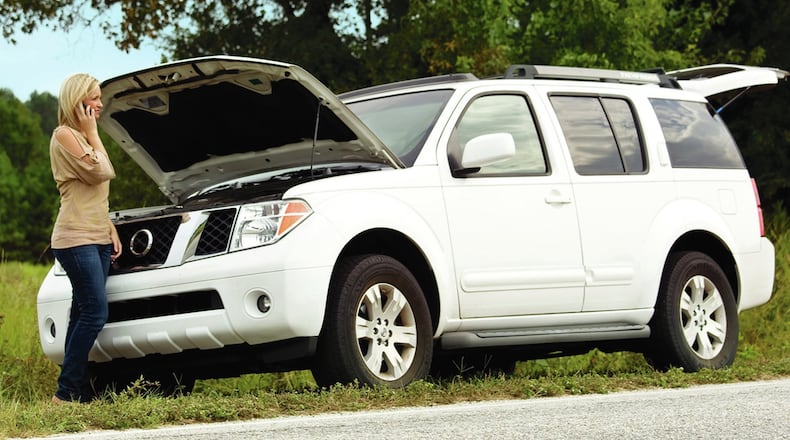About the Author
Knowing what to do when a car breaks down can make such unfortunate situations much less stressful for drivers. Smartphones and wifi networks may make it less stressful to cope with broken down vehicles. However, wifi networks are not always accessible in remote locations, so drivers would be wise to revisit these tips for handling broken down vehicles, courtesy of Esurance, in advance of their next road trip.
- Turn on hazard lights. Hazard lights inform other drivers that something is wrong with your vehicle, and the sight of hazard lights typically compels fellow motorists to give drivers a wide berth and facilitate their moving off of the roadway.
- Attempt to get off the highway. After turning on their hazard lights, drivers who know or suspect something is wrong with their vehicles should try to get off the highway. Move into the right-hand lane as soon as possible, ultimately trying to get onto the shoulder. Avoid the left-hand shoulder if possible, as the left lane is a passing lane and motorists likely won't be expecting vehicles in this area of the highway.
- Turn the steering wheel away from the road. Broken down vehicles are unpredictable, and drivers may not have the luxury of pulling over onto flat road surfaces. Turning the steering wheel away from the road prevents it from rolling into traffic if drivers are forced to pull over on an incline.
- Be especially careful before exiting the vehicle. Exiting a broken down vehicle can be very dangerous, especially when drivers are forced to pull over on busy highways. Drivers who have pulled over into the right shoulder should wait to exit the car until there is ample time for them to get out and safely make it to the shoulder. If necessary, crawl across the front seat and exit using the passenger-side door. All passengers should exit the vehicle on the passenger-side if the car has been pulled onto the right shoulder.
- Call for help. Only after they have safely gotten their vehicles off the highway should drivers call for help. Passengers may want to avoid calling until the car is off the road as well, as it can make for faster relief if callers wait until they know their exact location to call for help.
- Set up flares or triangles behind the vehicle. If it's safe to do so, set up flares or triangles behind the vehicle. If the flares or triangles are buried in the trunk, drivers can ask a passenger to serve as lookout and warn them if they need to get away from the vehicle.
- Pop the hood. An opened hood is another indicator that a vehicle is broken down and can be especially valuable to drivers who do not have flares or triangles.
- Wait for help. Do not attempt to fix the vehicle on the side of the highway. Doing so leaves drivers vulnerable to oncoming motorists.
